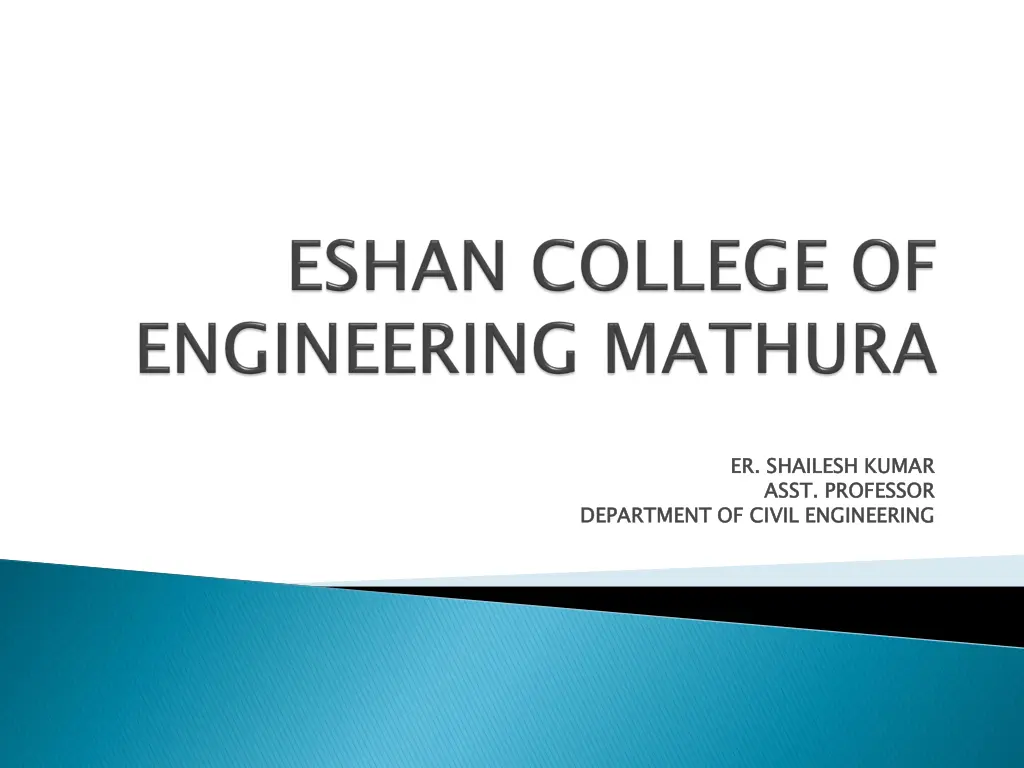
Understanding Mechanics in Civil Engineering
Explore the principles of rigid body equilibrium, mechanics of fluids, and analytic mechanics in civil engineering. Learn about forces, statics, dynamics, and SI derived units for a comprehensive understanding of the subject.
Download Presentation

Please find below an Image/Link to download the presentation.
The content on the website is provided AS IS for your information and personal use only. It may not be sold, licensed, or shared on other websites without obtaining consent from the author. If you encounter any issues during the download, it is possible that the publisher has removed the file from their server.
You are allowed to download the files provided on this website for personal or commercial use, subject to the condition that they are used lawfully. All files are the property of their respective owners.
The content on the website is provided AS IS for your information and personal use only. It may not be sold, licensed, or shared on other websites without obtaining consent from the author.
E N D
Presentation Transcript
ER. SHAILESH KUMAR ASST. PROFESSOR ER. SHAILESH KUMAR ASST. PROFESSOR DEPARTMENT OF CIVIL ENGINEERING DEPARTMENT OF CIVIL ENGINEERING
Rigid Body Equilibrium -A rigid body will remain in equilibrium provided sum of all the external forces acting on the body is equal to zero, and Sum of the moments of the external forces about a point is equal to zero
Mechanics of fluids, a phase of it is called hydraulics Mechanics of materials, more often called strength of materials, as subject which deals with the internal forces or stresses in bodies Analytic mechanics or mechanics of engineering, a study of external forces on bodies, ordinarily rigid bodies or bodies considered to be rigid, and of the effects of these forces on the motions of bodies.
Analytic mechanics includes the study of: Statics, which deals with the forces acting on bodies or structures which are at rest relative to the earth or which are moving with a constant velocity Dynamics, which deals with the accelerated motion of bodies.
We can consider statics as a special case of dynamics, in which the acceleration is zero. However, statics deserves engineering education since many objects are designed with the intention that they remain in equilibrium. separate treatment in
For ease of understanding and convenience, SI derived units have been given special names and symbols, as shown in Table 3.
In mechanics, a force arises out of the interaction of two bodies and causes or tends to cause the motion of the bodies. A body which is at rest or is moving with a constant velocity is said to be in equilibrium. Force is a vector quantity. The characteristics of a force vector are that it has (1) magnitude (2) sense or direction and (3) line of action.
Vector quantities, such as force, acceleration, velocity and momentum, cannot be added or subtracted as are scalar quantities, which posses magnitude only






















